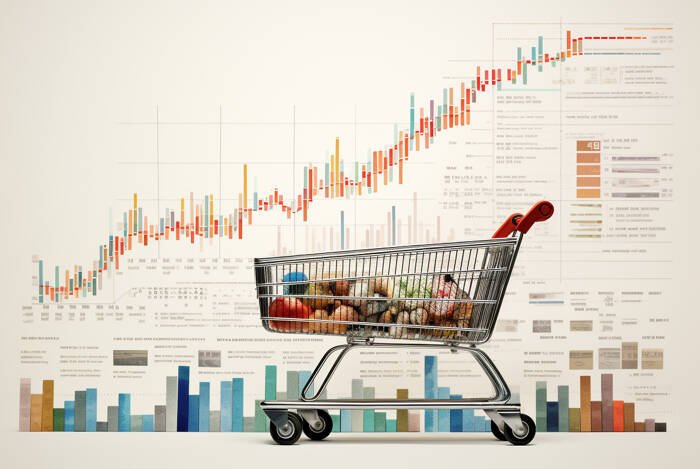Annual Inflation Stable at 2.4% in the Euro Area; Core Steady at 2.7%

Sector Contributions
The primary driver of the annual inflation rate in the euro area was the services sector, contributing +1.64 percentage points (pp). Other significant contributors included food, alcohol & tobacco (+0.55 pp), non-energy industrial goods (+0.23 pp), while energy had a slight negative impact (-0.04 pp).
Monthly Inflation Rates
The Harmonized Index of Consumer Prices (HICP) data showed that the monthly inflation rate for April 2024 was 0.6% in both the euro area and the EU. Notably, Belgium experienced a slight deflation of -0.3% in April, while Croatia recorded a monthly rate of 1.0%.
Country-Specific Insights
- Belgium: Inflation surged to 4.9% in April 2024, up from 3.8% in March 2024, marking a significant rise.
- Germany: The inflation rate remained stable at 2.4%, reflecting the overall trend in the euro area.
- Romania: Despite a slight decrease, Romania continued to have one of the highest inflation rates at 6.2%.
- Finland: Recorded one of the lowest inflation rates at 0.6%, consistent with previous months.
Key Data Points
- Euro area’s all-items HICP stood at 2.4% in April 2024.
- Excluding energy, the euro area’s inflation rate was 2.7%.
- Food, alcohol & tobacco’s contribution to inflation was significant at +0.55 pp.
- Energy prices continued to exert a deflationary pressure with -0.04 pp.
Future Outlook
The stability in inflation rates across the euro area and the EU suggests a period of relative price stability. However, varying inflation rates among member states indicate differing economic conditions and challenges. With the services sector being the main contributor to inflation, future rates will likely depend on developments in this sector.
Market Forecast
Given the stable inflation rates, the outlook remains cautious but slightly bullish for the euro area. Continued monitoring of sectoral contributions, particularly in services and energy, will be crucial in forecasting future inflation trends.


